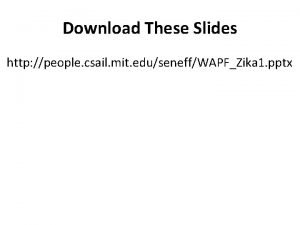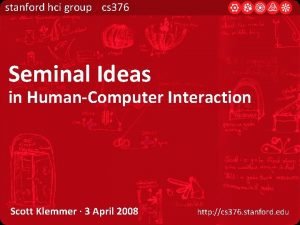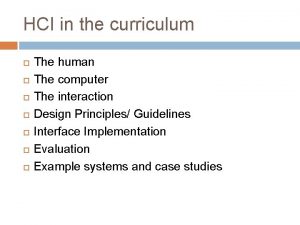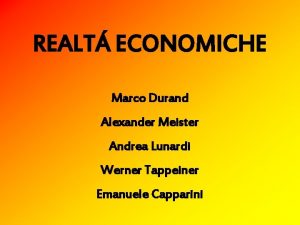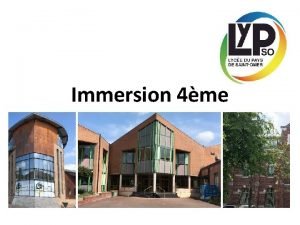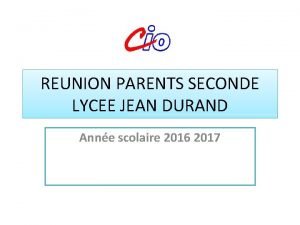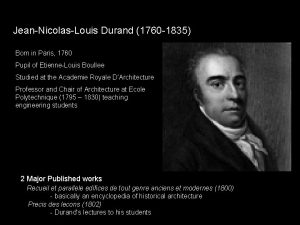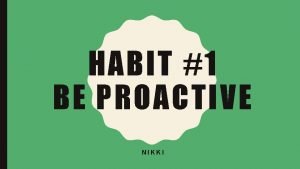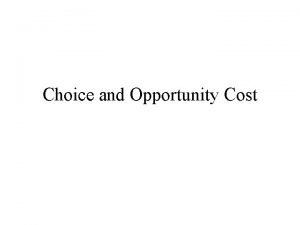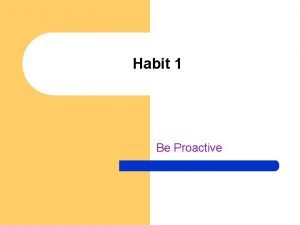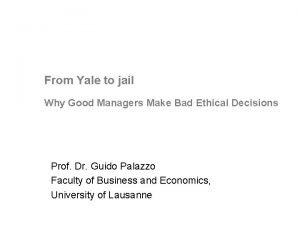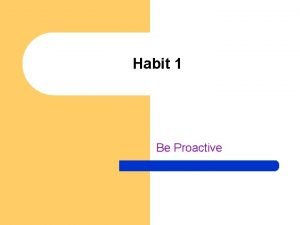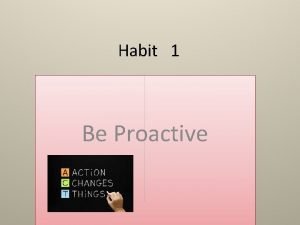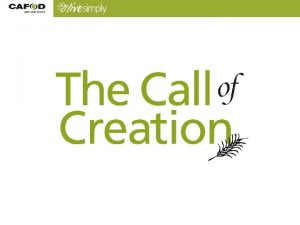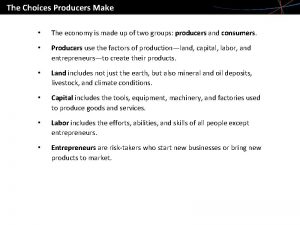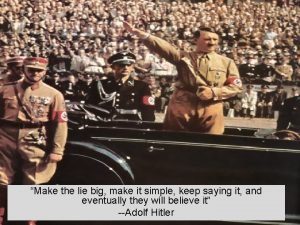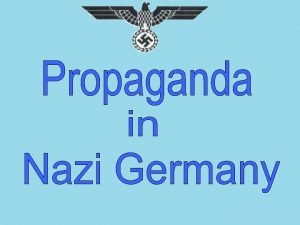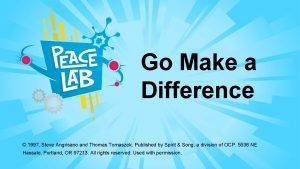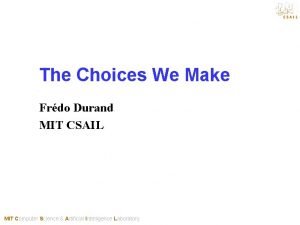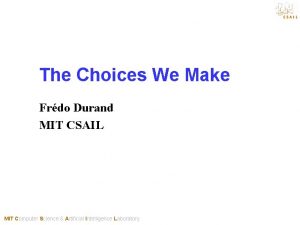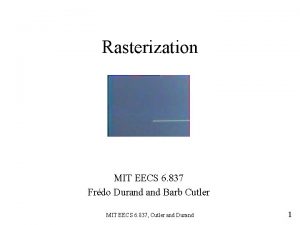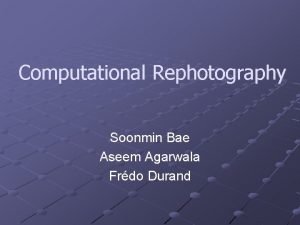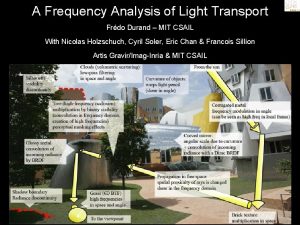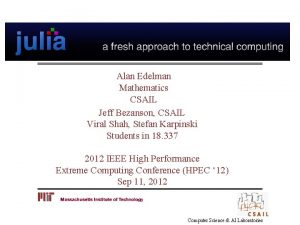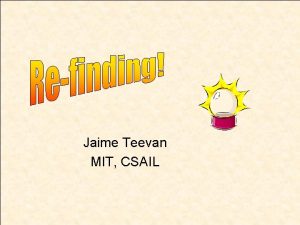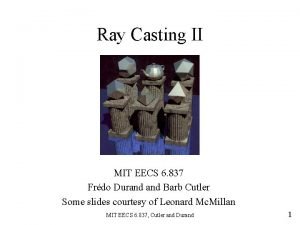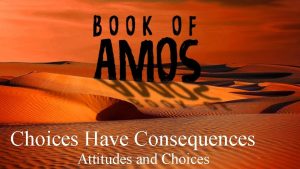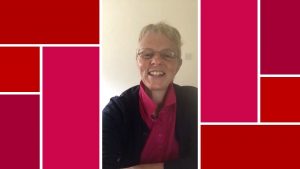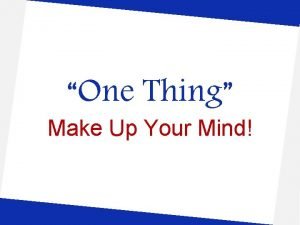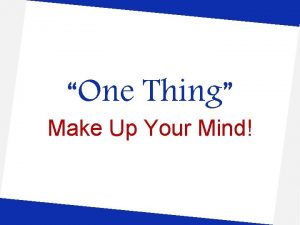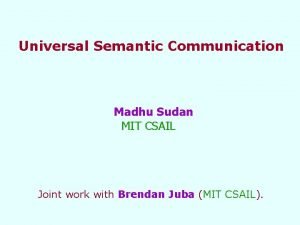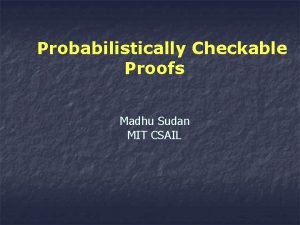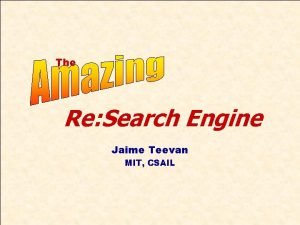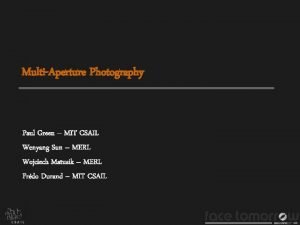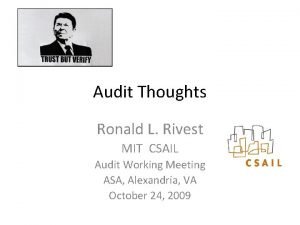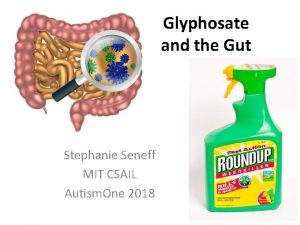The Choices We Make Frdo Durand MIT CSAIL






































- Slides: 38

The Choices We Make Frédo Durand MIT CSAIL MIT Computer Science & Artificial Intelligence Laboratory

Introduction • My background – Math/CS – I have read much perception litterature – Amateur photographer – No artistic training, terrible draftsman • Two example projects – Photography tonal management – Line drawing from 3 D models MIT Computer Science & Artificial Intelligence Laboratory

Introduction • I don't build tools, I am an academic researcher, my deliverables are articles, not software – But it's not a complete excuse to write about useless tools • Two types of "consumers/users" – Computer scientists who implement/extend my techniques * Do they understand choices I made, choices they can make? – En-users who use these tools * Are my choices relevant to them? MIT Computer Science & Artificial Intelligence Laboratory

Tonal management • Over and under-exposure is the largest cause of bad photographs – Here's a choice I make! • Both for professional and consumers MIT Computer Science & Artificial Intelligence Laboratory

High Dynamic Range • Real-world contrast is high • Display contrast is low Real world Picture 10 -6 High dynamic range 10 -6 106 Low contrast MIT Computer Science & Artificial Intelligence Laboratory

Our approach • Non-linear two-scale decomposition • Reduce contrast of large scale; preserve local detail Large-scale Output Detail Color MIT Computer Science & Artificial Intelligence Laboratory

Live demo MIT Computer Science & Artificial Intelligence Laboratory

Choices I made • • Decomposition: my contribution Compute in log space: I have good reasons How to separate intensity/color - incidental How to reduce large-scale layer – incidental Parameters I expose Default parameters – matter of taste Maybe other choices I don't realize I made Large-scale Output Detail Color MIT Computer Science & Artificial Intelligence Laboratory

Anecdote about tone mapping evaluation • Recent work has performed user experiments to evaluate competing tone mapping operators – [Ledda et al. 2005, Kuang et al. 2004] • Interestingly, the former concludes my method is the worst, the latter that my method is the best! – They choose to test a different criterion: fidelity vs. preference • More importantly, they focus on algorithm and ignore parameters MIT Computer Science & Artificial Intelligence Laboratory

A programmable approach to Line Drawing With Stephane Grabli, Emmanuel Turquin & François Sillion

Motivation: Style vs. Technique • Non-Photorealistic Rendering – Imitate traditional media • Each paper focuses on one particular style, which is usually hardcode with a only few available parameters • Stylistic choices mixed with technical ones MIT Computer Science & Artificial Intelligence Laboratory

Goal: Decouple style from technique • First step: pure line drawing System for rendering line drawing from 3 D scenes – Including a flexible style description tool MIT Computer Science & Artificial Intelligence Laboratory

Goal: Decouple style from technique • First step: pure line drawing System for rendering line drawing from 3 D scenes – Including a flexible style description tool MIT Computer Science & Artificial Intelligence Laboratory

Goal: Decouple style from technique • First step: pure line drawing System for rendering line drawing from 3 D scenes – Including a flexible style description tool – Ensuring model independence MIT Computer Science & Artificial Intelligence Laboratory

Goal: Decouple style from technique • First step: pure line drawing System for rendering line drawing from 3 D scenes – Including a flexible style description tool – Ensuring model independence MIT Computer Science & Artificial Intelligence Laboratory

Style in line drawing • Occlusion and nature thickness © ITEDO www. itedo. com MIT Computer Science & Artificial Intelligence Laboratory

Style in line drawing • Depth discontinuity thickness Herdman MIT Computer Science & Artificial Intelligence Laboratory

Hypothesis • Drawing can be described as a process • Stylistic decisions (line thickness, omission) are related to scene and image information • These decision strategies can be embedded in procedures MIT Computer Science & Artificial Intelligence Laboratory

Some relevant information • • • Geometry (2 D, 3 D coordinates, normals, …) Differential geometry (2 D, 3 D curvatures, …) Line adjacency Line nature (silhouette, crease, contour, …) Occluding information (visibility, occluder, depth discontinuity, …) • Material • Object id • Drawing density MIT Computer Science & Artificial Intelligence Laboratory

Approach Style 3 D « View Map » + information MIT Computer Science & Artificial Intelligence Laboratory Drawing

Style: code class py. Guiding. Line. Shader(Stroke. Shader): def shade(self, stroke): it = stroke. Vertices. Begin() itlast = stroke. Vertices. End() itlast. decrement() t = itlast. get. Object(). get. Point() - it. get. Object(). get. Point() itmiddle = Stroke. Vertex. Iterator(it) while(itmiddle. get. Object(). u()<0. 5): itmiddle. increment() while(it. is. End() == 0): it. get. Object(). Set. Point(itmiddle. get. Object(). get. Point() +t*(it. get. Object(). u()-itmiddle. get. Object(). u())) it. increment() Operators. select(Quantitative. Invisibility. UP 1 D(0)) Operators. bidirectional. Chain(Chain. Silhouette. Iterator()) Operators. recursive. Split( Curvature 2 DF 0 D(), py. Parameter. UP 0 D(0. 2, 0. 8), Not. UP 1 D(Length. Higher. UP 1 D(75)), 2) shaders_list = [ Stroke. Texture. Shader("pencil. jpg", Stroke. DRY_MEDIUM, 1), Constant. Color. Shader(0, 0, 0, 1), Constant. Thickness. Shader(2. 0), py. Guiding. Line. Shader(), py. Backbone. Stretcher. Shader(0. 2)] Operators. create(True. UP 1 D(), shaders_list) MIT Computer Science & Artificial Intelligence Laboratory

Style operators • shade • select • chain • split MIT Computer Science & Artificial Intelligence Laboratory

Style operators • shade • select • chain • split MIT Computer Science & Artificial Intelligence Laboratory

Shading Thickness Geometry Plain strokes Color MIT Computer Science & Artificial Intelligence Laboratory Information dependent

Shading Depth discontinuity thickness MIT Computer Science & Artificial Intelligence Laboratory

Style operators • shade • select • chain • split MIT Computer Science & Artificial Intelligence Laboratory

Splitting Split at points of highest 2 D curvature MIT Computer Science & Artificial Intelligence Laboratory

Splitting Split at points of highest 2 D curvature MIT Computer Science & Artificial Intelligence Laboratory

Results MIT Computer Science & Artificial Intelligence Laboratory

Oriental style MIT Computer Science & Artificial Intelligence Laboratory

Density-based emphasis MIT Computer Science & Artificial Intelligence Laboratory

Technical illustration style MIT Computer Science & Artificial Intelligence Laboratory

Recap • Procedural description for style in line drawing – Line drawing from 3 D models – Control topology, geometry & attributes of strokes • Choices – Automatic picture generation from 3 D model – Restrict to pure line drawing – Describe style using procedures – View map, types of lines – Information we provide – Types of operators MIT Computer Science & Artificial Intelligence Laboratory

Choices We Make • • Model Algorithms Parameters User Interface • Problems we choose • Evaluation criteria • In articles, we must explain the respective importance of choices MIT Computer Science & Artificial Intelligence Laboratory

It's the question, stupid! • The important is not the answer to a choice, it's the choice of the question • And even more importantly, the implicit choices we make without asking the question MIT Computer Science & Artificial Intelligence Laboratory

MIT Computer Science & Artificial Intelligence Laboratory

Other choices • Do we target pro of casual users? • How automatic should things be? MIT Computer Science & Artificial Intelligence Laboratory

Bad choice consequences • No uses our technique: we don't address any problem, or give the wrong solution • People are frustrated by our technique • We make something too easy, becomes uniform • Ethical problems MIT Computer Science & Artificial Intelligence Laboratory
 Mit csail hci
Mit csail hci Stanford hci group
Stanford hci group Hci
Hci Marco durand
Marco durand Mike durand strength coach
Mike durand strength coach Isa durand rebels
Isa durand rebels Journe6
Journe6 Lycée jean durand
Lycée jean durand Jean-nicolas-louis durand
Jean-nicolas-louis durand Proactive vs reactive video
Proactive vs reactive video Forces us to make choices.
Forces us to make choices. Proactive people make choices based on
Proactive people make choices based on Why good managers make bad ethical choices
Why good managers make bad ethical choices We make choices everyday
We make choices everyday Reactive people make choices based on
Reactive people make choices based on Everyday choices we make
Everyday choices we make Habit 1 be proactive
Habit 1 be proactive Renew
Renew Choices producers make
Choices producers make Make the lie big make it simple
Make the lie big make it simple Make the lie big make it simple
Make the lie big make it simple Steve angrisano go make a difference
Steve angrisano go make a difference Từ ngữ thể hiện lòng nhân hậu
Từ ngữ thể hiện lòng nhân hậu Sự nuôi và dạy con của hươu
Sự nuôi và dạy con của hươu Diễn thế sinh thái là
Diễn thế sinh thái là Vẽ hình chiếu vuông góc của vật thể sau
Vẽ hình chiếu vuông góc của vật thể sau Ví dụ giọng cùng tên
Ví dụ giọng cùng tên Phép trừ bù
Phép trừ bù Tỉ lệ cơ thể trẻ em
Tỉ lệ cơ thể trẻ em Lời thề hippocrates
Lời thề hippocrates đại từ thay thế
đại từ thay thế Quá trình desamine hóa có thể tạo ra
Quá trình desamine hóa có thể tạo ra Công thức tính thế năng
Công thức tính thế năng Môn thể thao bắt đầu bằng từ đua
Môn thể thao bắt đầu bằng từ đua Thế nào là mạng điện lắp đặt kiểu nổi
Thế nào là mạng điện lắp đặt kiểu nổi Hình ảnh bộ gõ cơ thể búng tay
Hình ảnh bộ gõ cơ thể búng tay Các loại đột biến cấu trúc nhiễm sắc thể
Các loại đột biến cấu trúc nhiễm sắc thể Nguyên nhân của sự mỏi cơ sinh 8
Nguyên nhân của sự mỏi cơ sinh 8 Vẽ hình chiếu đứng bằng cạnh của vật thể
Vẽ hình chiếu đứng bằng cạnh của vật thể
